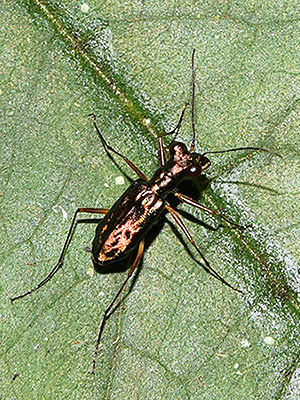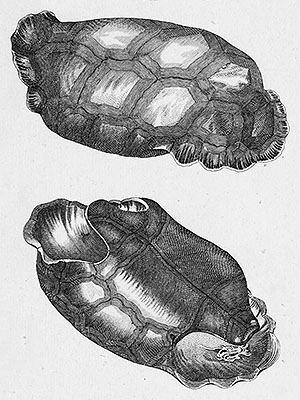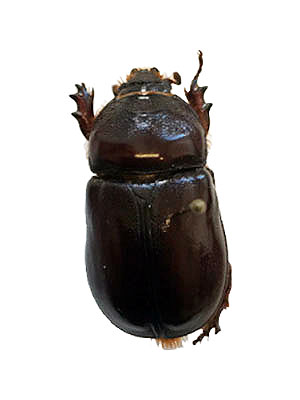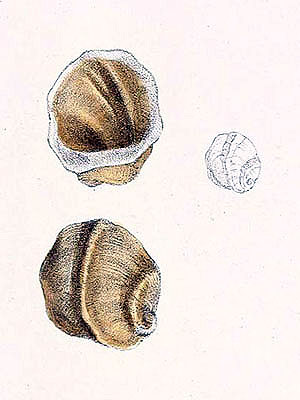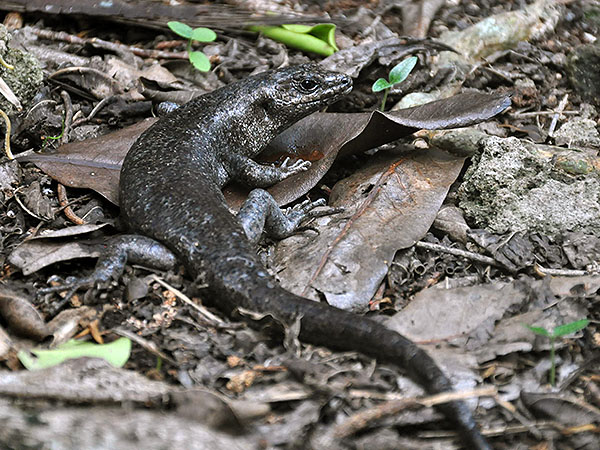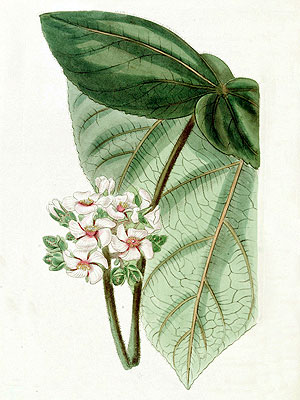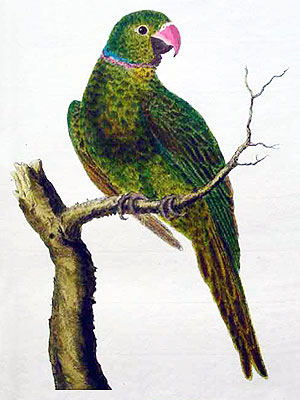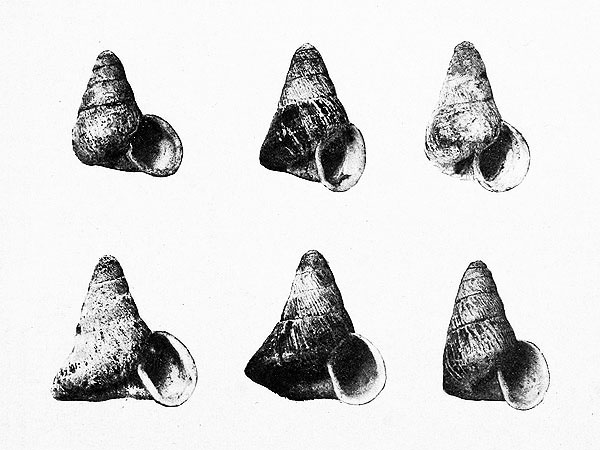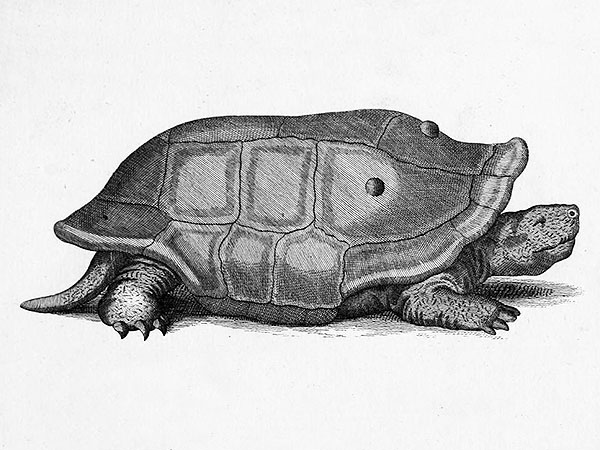Rodrigues Starling (Necropsar rodericanus)
The Rodrigues Starling was endemic to the island of Rodrigues, Mascarene Islands, it was described in 1879 based on subfossil material.
***
A French sailor named Julien Tafforet, who was stranded on the island of Rodrigues from 1725 to 1726, reported an interesting sighting.:
“On trouve un petit oiseau qui n’est pas fort commun, car il ne se trouve pas sur la grande terre; on en vout sur l’île au Mât, qui est au sud de la grande terre, et je crois qu’il se tient sur cette île à cause des oiseaux de proie qui sont à la grande terre, comme aussi pur vivre avec plus de facilité de oefs ou quelques tortues mortes de faim qu’ils savent assez bien déchirer. Ces ouiseaux sont un peu plus gros qu’un merle et ont le plumage blanc, une partie des aîles et de la queue noire, le bec jaune aussi bein que les pattes, et ont un ramage merveillex; je dis un ramage quoiqu’ils en aient plusieurs, et tous différents, et chacun de plus jolis. Nous en avons nourri quelques uns avec de la viande cuite hachée bien menu, qu’ils mangeaient préférablement aux graines de bois.“
translation:
“There is a small bird that is not very common, because it is not on the mainland; you can see it on islet au Mât [Île Gombrani], which is south of the mainland, and I think it stands on this island because of the birds of prey that are on the mainland, as well as pure living and the ease of eggs [of seabirds, that they obviously fed upon], or some turtles dead from hunger, which they know well enough to tear [out of their shells]. These birds are a little larger than a blackbird [Réunion Bulbul (Hypsipetes borbonicus J. R. Forster)], and have white plumage, a part of the elbows and tail black, the bill is as yellow as the legs, and has a marvelous warbling; I say a warbling even though they have several notes, and all different, and each one more beautiful. We fed some with well-chopped cooked meat, which they ate preferably with wood seeds.”
This contemporary account lead Masauji Hachisuka in 1937 to describe a corvid (?) species (Testudophaga bicolor). It is now, however, thought that this account refers to a species of starling, very likely the Rodrigues Starling.
The species had obviously already disappeared from the island of Rodrigues in the middle of the 18th century and was restricted to offshore islets as its last bastion.
*********************
References:
[1] The Marquess Hachisuka: Extinct Cough from Rodriguez. Proceedings of the Biological Society of Washington 50: 211-214. 1937
*********************
edited: 24.04.2019

